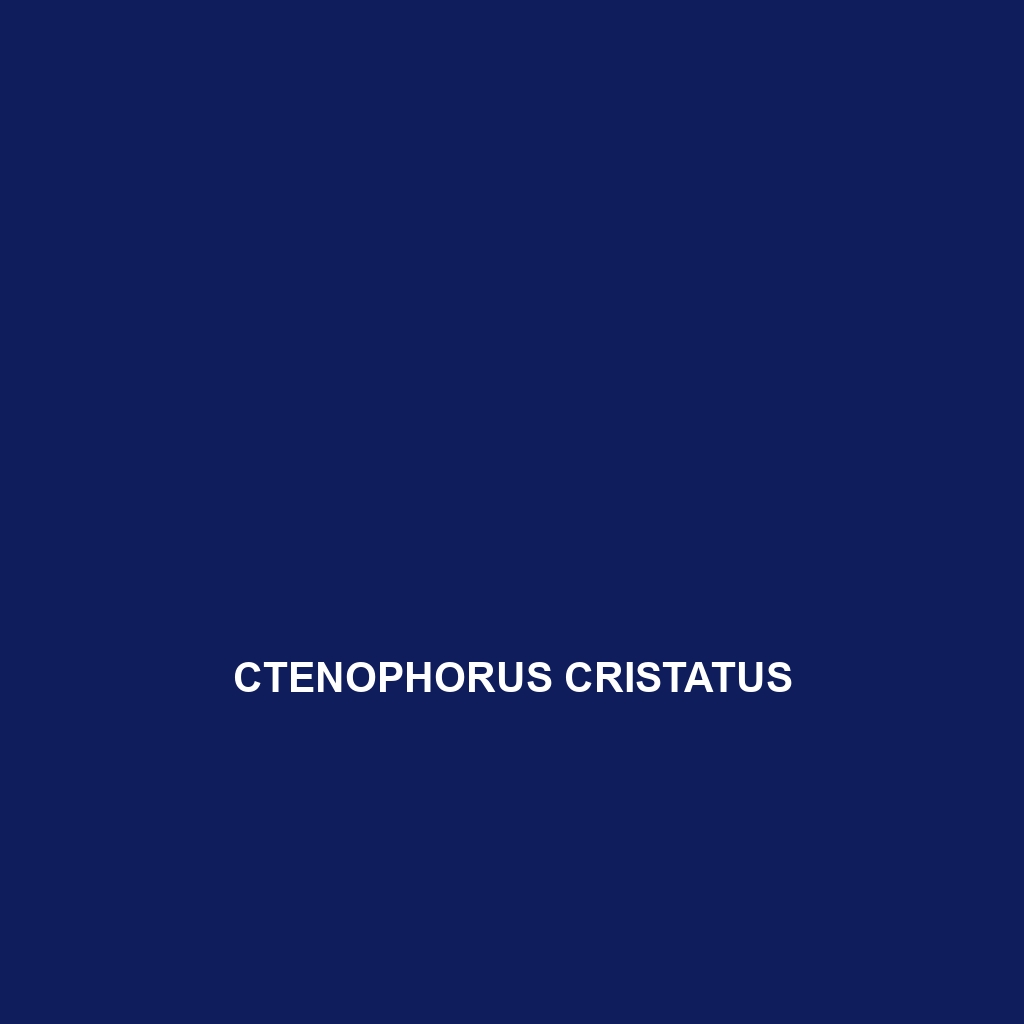Common Name: Ctenophorus clayi
Scientific Name: Ctenophorus clayi
Habitat:
Ctenophorus clayi is primarily found in the southeastern regions of Australia, particularly across New South Wales and Queensland. This species thrives in arid and semi-arid environments, favoring open woodlands, heathlands, and rocky outcrops. The warm, dry climate of these regions provides an ideal habitat for its survival.
Physical Characteristics:
Ctenophorus clayi typically measures around 15 to 20 centimeters in length, with males being slightly larger than females. They exhibit a striking color palette, featuring bright blue, green, or yellow hues on their throats and sides, while their bodies are generally sandy or grayish in color, providing effective camouflage against the rocky terrain. Notably, the males possess a distinctive throat pouch that they inflate during mating displays, making them easily distinguishable.
Behavior:
This species is known for its territorial behavior, particularly during the breeding season when males engage in elaborate displays to attract females. Ctenophorus clayi is generally diurnal, meaning they are active during the day. They are adept climbers, often seen basking on rocks or low branches, where they also exhibit their vibrant colors to deter rivals and attract mates.
Diet:
Ctenophorus clayi primarily feeds on a diet of insects, making it an insectivorous lizard. Common food sources include ants, termites, and various beetles. Their foraging behavior involves keen visual acuity to detect prey, often catching food on the move or from stationary positions on their basking spots.
Reproduction:
The breeding season for Ctenophorus clayi typically occurs during the warmer months, from late spring to early summer. Males perform territorial displays to attract females, who then lay clutches of around 2 to 6 eggs in sandy or loose soil. The eggs incubate for roughly 2 to 3 months before hatching, with the offspring emerging fully formed and ready to navigate their surroundings independently.
Conservation Status:
Currently, Ctenophorus clayi is classified as Least Concern according to the IUCN Red List. However, habitat destruction and changes in land use pose potential threats to their population stability. Conservation efforts focus on preserving the natural habitats essential for their survival.
Interesting Facts:
One fascinating fact about Ctenophorus clayi is its remarkable ability to change coloration based on its environment and stress levels. This not only aids in camouflage but also plays a role in communication during mating rituals. Additionally, this species is known for its robust ability to cling to vertical surfaces, enhancing its habitat adaptability.
Role in Ecosystem:
Ctenophorus clayi plays a vital role in its ecosystem as a predator of insects, helping to maintain the balance between various insect populations. Furthermore, as a prey species for larger animals, they contribute to the food web dynamic within their habitats, supporting biodiversity and ecological health.
